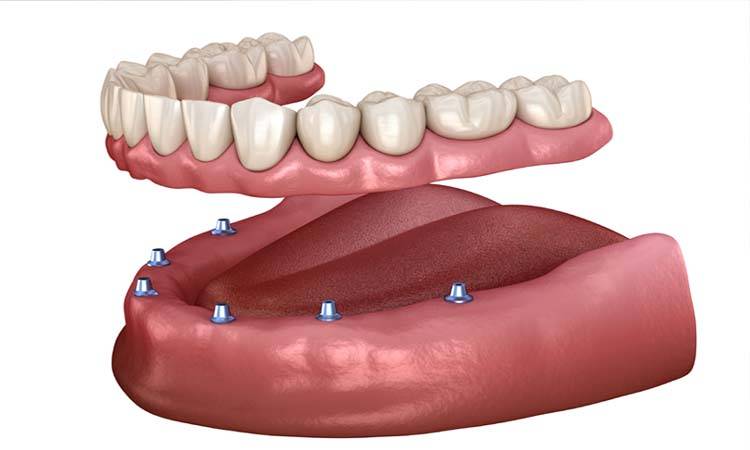
Advancements in dentistry are developing with the advent of technology, and dental prosthetics are not far behind.
The Innovation in Dental Prosthetics
Prosthetic dentistry deals with the rehabilitation and maintenance of the oral structures and function of the mouth. The need for prostheses has always existed. From using carved blocks of ivory and bone to biocompatible implants, this field keeps on getting revolutionized.
As advances in dentistry are developing with the advent of technology, prosthetics are not far behind. Some of the breakthroughs of dental prosthetics are
Digital dentures
Traditional dentures require a long time to be manufactured and multiple appointments. After a lot of trial and error, digital dentures have entered the market. The addition of digital steps in the fabrication process has limited the number of patient appointments. Softwares like AvaDent are now being equipped to provide digital records, designs, and digital try-ins to patients. Hence, this is a convenient facility for both the patient and the doctor.
3D printing
3D printing is not unheard of, as it has been a long time since its inception. CAD-CAM and 3D printing have turned into digital labs. Traditionally, the impression was sent to a lab to fabricate a permanent crown after a crown cutting. Now, with CAD-CAM, a picture is taken after crown cutting and relayed to a machine that makes an in-office crown.
Nanotechnology in dental implants
Nanotechnology involves the use of nanoscale materials. One of the primary aims of nanotechnology in the dental implant field is to enhance osseointegration. Consequently, surface modification techniques (such as acid etching, alkali surface treatment, sol-gel, and chemical vapour deposition) offer opportunities to execute better dental implants. Traditionally, the major failure of implant treatment was poor osseointegration. Thus, nanoparticles have been invented to overcome this challenge and achieve a better prognosis.
Stem cells
Stem cells are undifferentiated cells that are capable of replacing lost organs. Scientists have found that even teeth have a reservoir of stem cells. They can help in natural tooth replacement. At King’s College London, a research team combined human gum tissue and stem cells from mice teeth to form the tooth. Moreover, there are many other types of research where scientists have successfully regrown tooth structure from animal stem cells.
Conclusion
There is no doubt that digital dentistry is rapidly gaining traction. It’s fascinating how disruptive innovations are at our disposal. In the coming years, dentists are expected to adapt to modern changes and come up with even better solutions. There is a paradigm shift happening in prosthodontics. In the not too distant future, we might see the elimination of functional impressions and a complete shift to digital prints.

Dr Rimsha Qasim
The author is contributing writer at Dental News Pakistan and can be reached at rimsha.qasim@duhs.edu.pk

